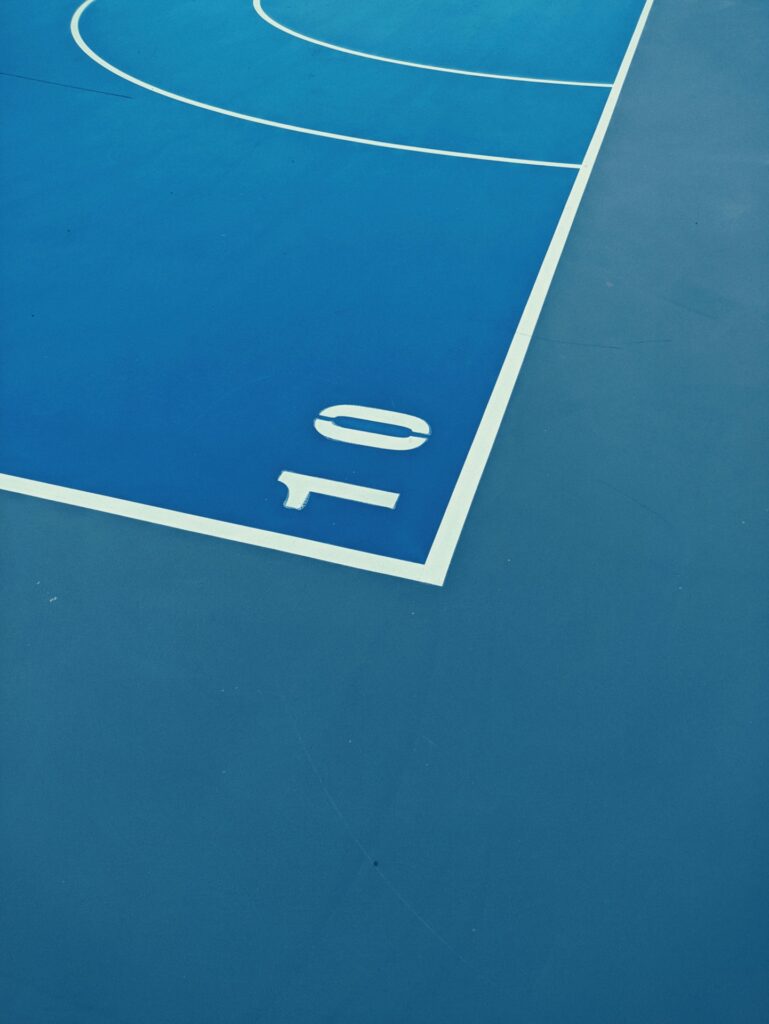The CBR car theory exam begins with the section on hazard perception. We understand that many candidates feel tense and nervous during this segment. Hazard perception is all about, as the name suggests, identifying danger and responding appropriately.
This section consists of 25 situations in which you must decide: brake, release the gas, or do nothing. You have the freedom to make up to 12 mistakes, which is almost half of the total number of situations.
The challenge is that you only have 8 seconds to provide an answer. That is a really short timeframe. Our advice? Master the basics so that you can instinctively respond without overthinking.
Let’s take a moment to consider those 8 seconds. The CBR doesn’t do this arbitrarily. No, they do it to ensure that when you actually hit the road and find yourself in a potentially dangerous situation, you know exactly what to do and respond appropriately. In real traffic, you don’t have all the time to calmly think. Therefore, it is crucial that all this information is well stored in your memory so that you can react immediately.
As mentioned earlier, you will be presented with 25 situations in which you must continuously choose between: brake, release the gas, or do nothing. But when is it precisely time for each action? We’ll go through the three situations below.
In which situation do you choose the option do nothing?
You do nothing when the situation is clear and manageable, and there is no (immediate) threat. So, you choose to do nothing when a situation is depicted where you can clearly oversee it, and there is no direct danger.
In which situation do you release the gas?
You release the gas when there is potential danger in the distance. Always release the gas when something is happening in the distance. There is no need to brake immediately. Pressing the brake immediately can even be dangerous for a car behind you, so it is wise to do that only when absolutely necessary. For example, if you see a situation depicted where an oncoming vehicle is approaching in the distance or you are approaching a speed bump or a curve in the distance, then you choose to release the gas.
In which situation do you brake?
You brake in the case of immediately impending danger.
For instance, if you see a situation depicted with unclear or sharp bends, a blockage or traffic jam, children, animals, dangerous intersections, or other obstacles, the answer is always to brake.
To master hazard perception, it is crucial to practice numerous situations. You need to understand the logic explained above, and the best way to achieve this is through extensive practice. Therefore, the golden tip for hazard perception is: practice, practice, and practice some more. If you are looking for additional tips or more practice opportunities, sign up for our two day theory course on location.

The second part is “Knowledge,” with a total of 12 questions. If you answer 10 or more questions correctly here, you prove that you are a true road expert. In this section, you can make a maximum of 2 errors.
The third part is “Insight.” In this section, you will have a whopping 28 questions. To pass this part, you need to answer 25 or more questions correctly and demonstrate a deep understanding of the world of traffic. So, you are allowed a maximum of 3 errors here.
This brings us to a crucial point: you are allowed a total of 17 errors, but they are linked to specific sections.
In the “Knowledge” and “Insight” sections, the CBR will also present two test questions. But don’t underestimate them! These test questions are masters of disguise, as they look exactly like the ‘real’ questions. They can appear at any moment, so sharpen your concentration and reflexes. These two questions do not affect your final score, but they are hidden in the mix. There is no hint to reveal them, so answer each question with the utmost precision. Good luck and happy driving! 🚗💨




